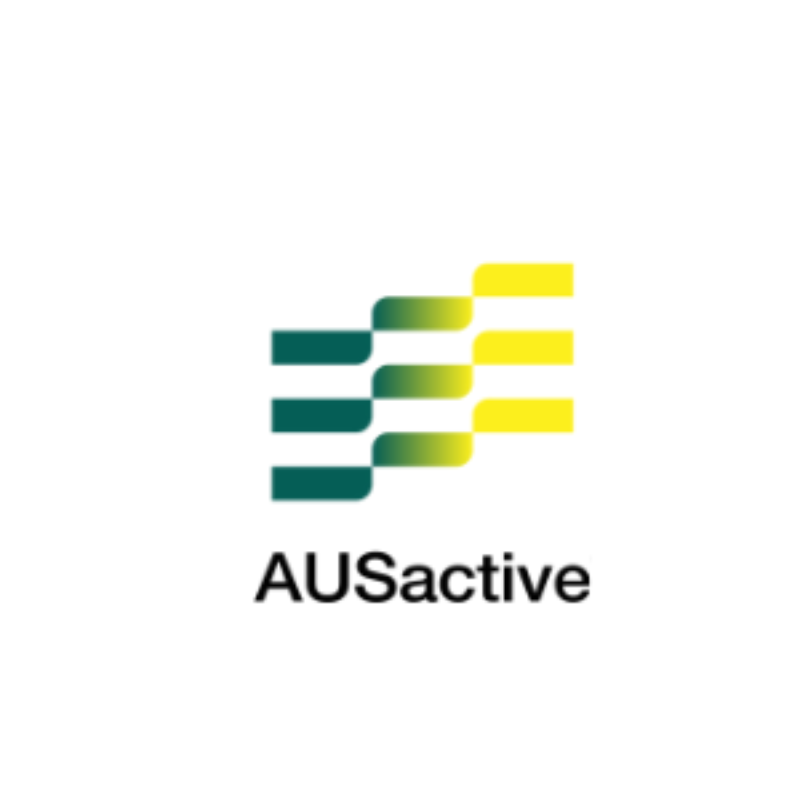While inactivity costs the healthcare system $2 billion per year 
A global Deloitte Report, commissioned by The Global Health & Fitness Alliance, in collaboration with AUSactive, has analysed health and fitness industry impacts on 46 countries; showing transforming inactive individuals to active is key to cutting healthcare costs and raising GDP.
In its Australia report, Deloitte found the Australian health and fitness sector had a direct GDP contribution of AUS$1.52 billion (US$1.1 billion) and an indirect contribution of a further $2.49 billion (US$1.8 billion) from its supply chain.
AUSactive CEO Barrie Elvish said the contribution of over $4 billion to the Australian GDP showed the significant size, impact and demand for the health and fitness sector.
“The Australian health and fitness sector continues to evolve with new formats, styles and modalities continuing to emerge to meet consumer demand to keep active and healthy in a variety of ways,” Mr Elvish said.
“In addition to the GDP impact, our industry directly supports more than 31,000 jobs and an additional 26,000 indirectly according to the Deloitte report.
“Many people are surprised just how much Australians are using health and fitness centres such as gyms, Yoga and Pilates studios, dance, group classes and many others to get active.
“Going to the gym is the second most popular physical activity in Australia after walking. It’s no wonder our sector contributed a significant amount of money to the GDP.”
In addition to the economic impact of the Australian health and fitness industry, the report also looked at the socio-economic impact, finding:
- Inactivity directly costs the Australian healthcare system $2 billion to treat and care for key diseases linked to lack of fitness
- Every year Australia loses over 14 million working days in absenteeism and presenteeism from insufficiently active workers
- Every inactive worker costs the economy $2,191 per year, representing 6% of average disposable income per capita.
The report found that the key to bridging the gap from inactive individuals to active was a holistic approach from all stakeholders including government, industry, business, individuals and the community.
“While the Deloitte report didn’t look at specific recommendations, it provided a valuable overview and benchmark of the economic and socio-economic impact of the Australian health and fitness sector,” Mr Elvish said.
“It also provides valuable insights for government and our industry into the global challenges of inactivity and how countries are working to improve the long-term physical and mental health of their communities including public health campaigns encouraging physical activity.”
For more information on the Economic Health & Societal Wellbeing: Quantifying the Impact of the Global Health & Fitness Sector – Australia Report go to ihrsa.org.

Justin is the Managing Director of Active Management, which he began January 2004. He offers coaching to businesses worldwide in everything from start up and design to marketing and sales systems. Justin also facilitates four Australian and New Zealand ‘fitness industry roundtables’ events, which allows him to see a huge cross section of business models.
